- Homeland

- The Elixir of Life

- Southwards through the Heartland

- The Heartland

- Fields of Corn

- Gateway to the West

- Crossing the Heartland

- Cavelands

- 2024 Excellent Adventure Launch

- Termination Shock

- The Heartland Tour 🌽 🌾

- Amorous Manatees
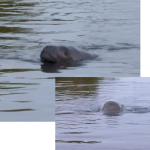
- A visit from Theo & Family

- El Bombo 🪘
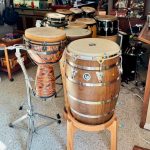
- Merkaba
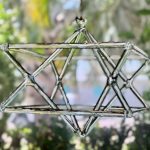
- Sands of Mars

- Orbits

- Inlayed Mahogany Table

- Pure and Easy
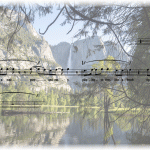
- A Man and His Dog
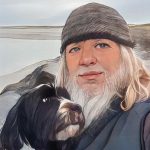
- Freehand Routing
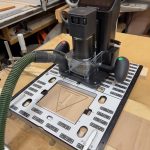
- Fade to Years End

- Fall 2023 Family Visit

- USCG Cutter Argus

- myNoise
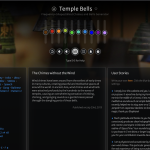
- Hurricane Sunrise 🌅
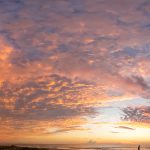
- 68
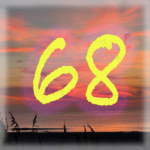
- Buckeye Whale Carving
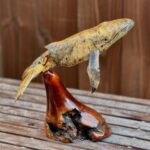
- 🤡 Indicted

- Home
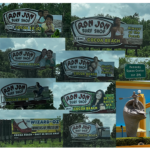
- North Carolina
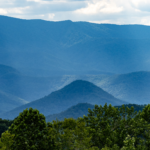
- Graceland

- As Falls Wichita
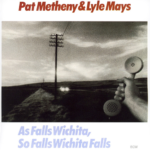
- Bashful Elephant
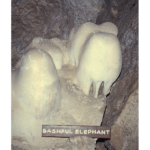
- 👽 Little Green Men

- Miss Atomic Bomb
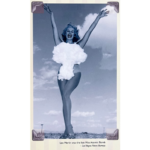
- Toxic Waste Spill in New Mexico

- Adobe Pink 🦩
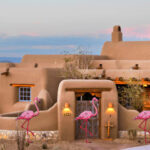
- God Bless America 🇺🇸
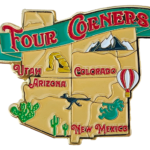
- Tse′ Bii’ Ndzisgaii
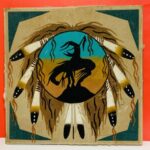
- Moki Dugway
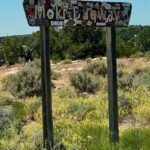
- Neutron Flux

- Sliding Southeast

- Floating Bridges

- Drizzle
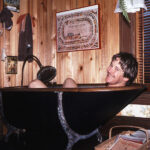
- The Banana Slug

- Bridges & Bozos
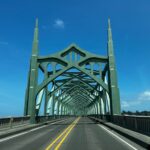
- Crater Lake
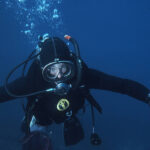
- Center of the Universe

- Volcanos and Redwoods
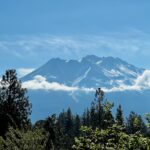
- Bonanza
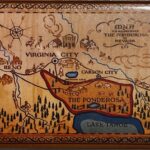
- Rim of the World

- Yosemite
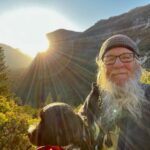
- Mojave to the Mountians
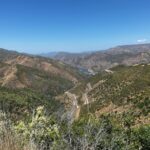
- Overlanding Las Vegas
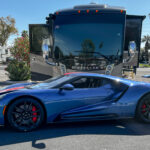
- Mojave Part II

- Seven Sisters

- Ventura Highway
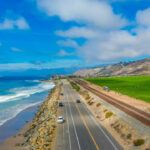
- Mojave

- Fade left
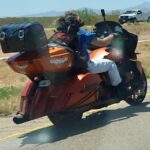
- Midway Journey West
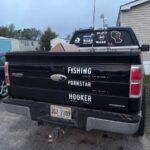
- Excellent Adventure 2023 Begins!
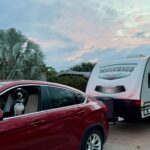
- Internet @ 30
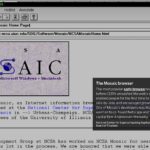
- Air Show

- Pastafarian
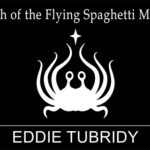
- Spring Break with Theo 👶🏼
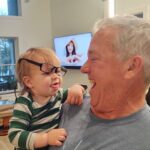
- Updated! Hillary’s Revenge+

- Happy Pi Day

- Lark’s Tounge in Aspic turns 50

- Kitchen upgrade
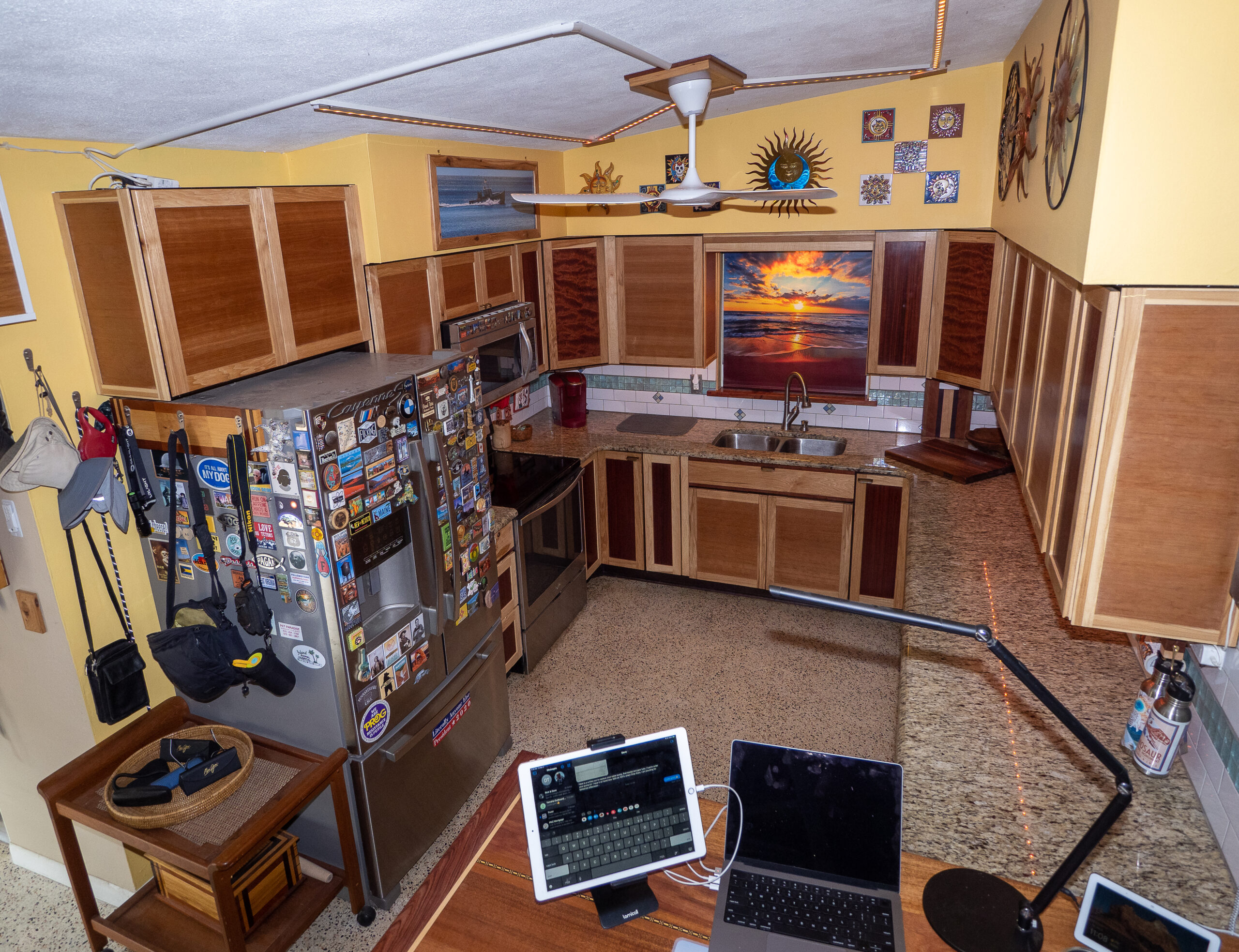
- Winter Projects
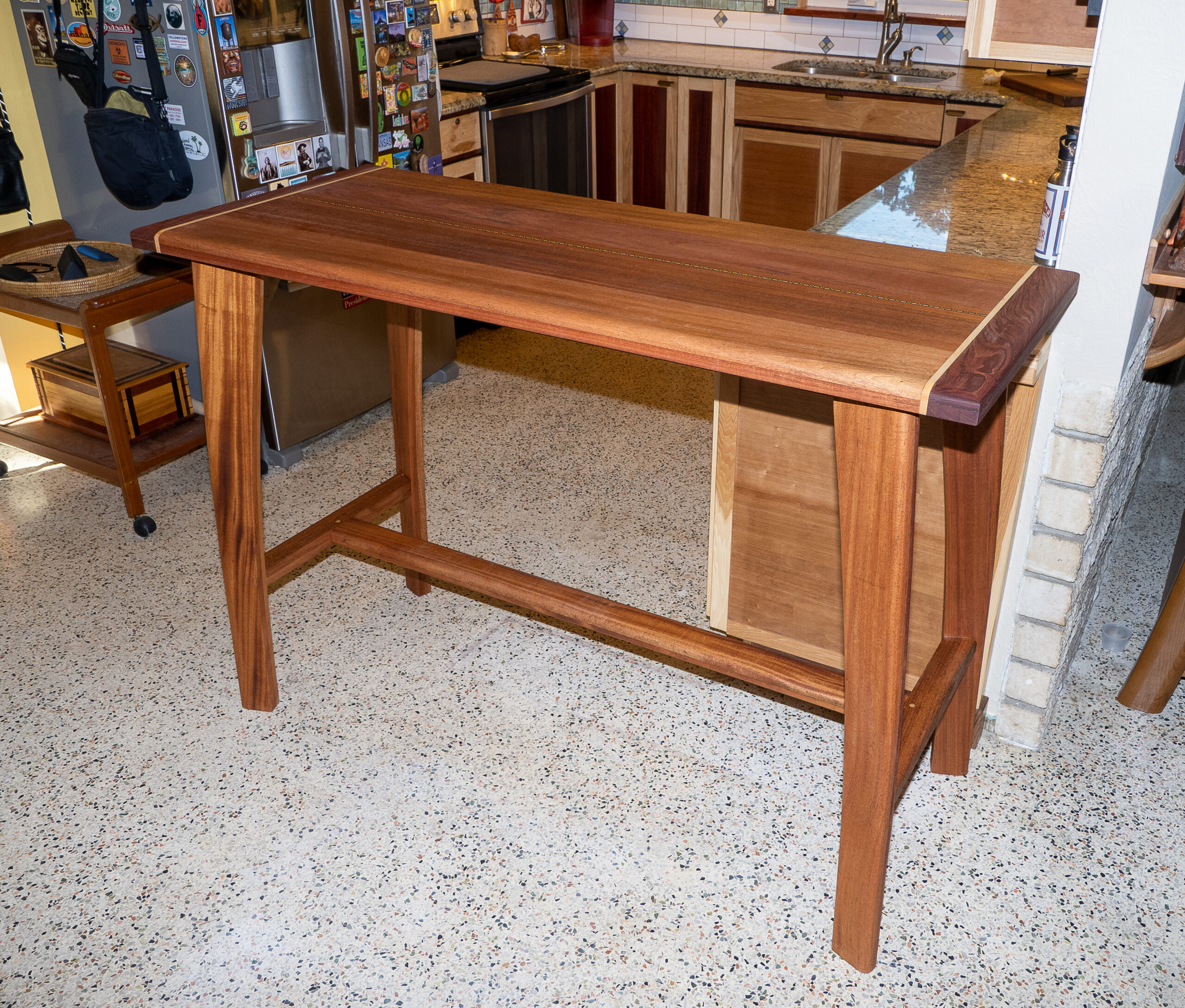
- tubridy.net @ 25

- Goodbye City Hall
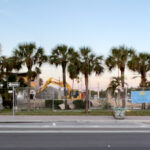
- Falcon Heavy 🚀

- 🌜Dear Moon*

- 4543002023
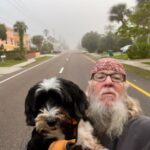
- Winter Solstice 2022
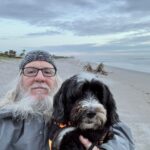
- December beach finds
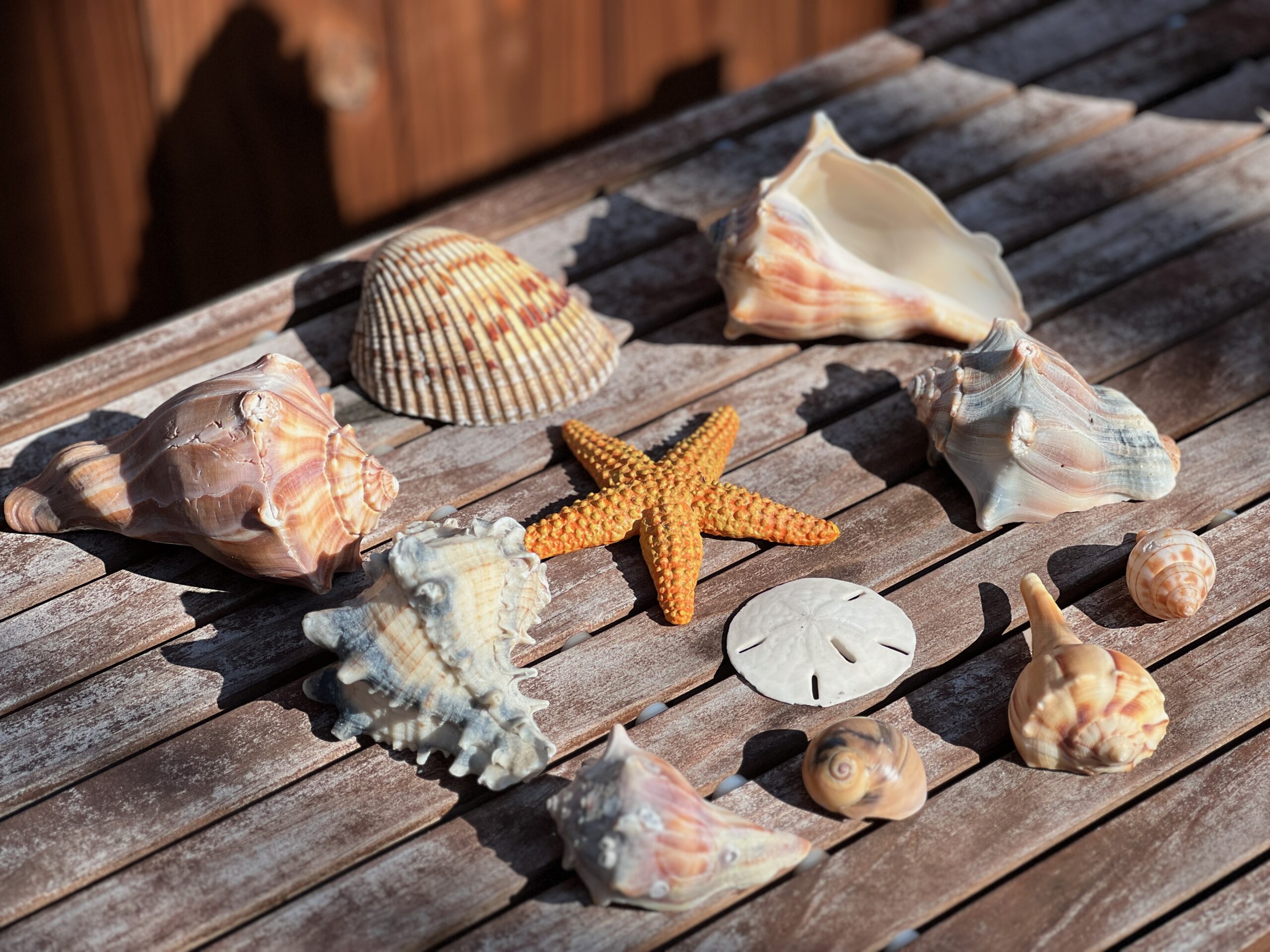
- Unique Woodworking
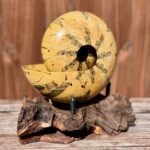
- Moral materialism

- Artemis SLS Launch
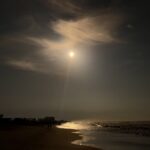
- Nicole spanks Cocoa Beach
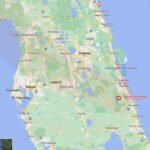
- Excellent Adventure 2022 ~ The Movie
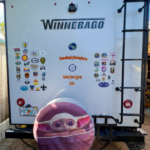
- Excellent Adventure 2022 Final

- Babies & Butterflies 👶🏼🦋
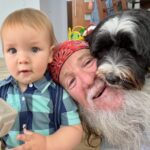
- Oak Ridge National Laboratory
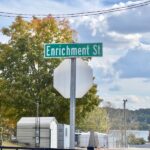
- Cherokee National Forrest

- Rainy drive south
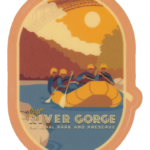
- Connellsville
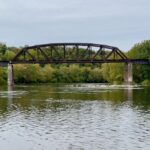
- Snoe Shoe
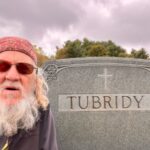
- Meanwhile back at the beach shack…
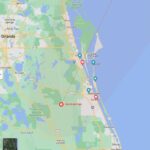
- Watkins Glen
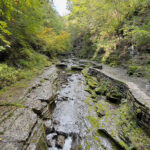
- The Adirondacks
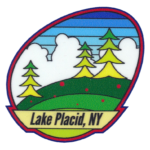
- Mt Washington
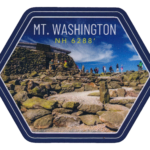
- Kimball Pond
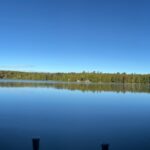
- Coastal Maine
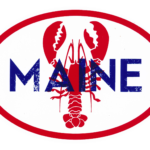
- Pocono, Catskill, Berkshire and more…
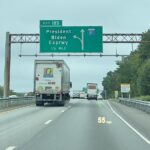
- Three Mile Island
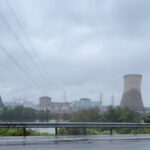
- Shenandoah National Park
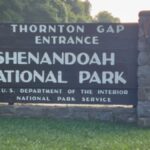
- North through the South

Skip to content


Jake & Eddie’s Excellent Adventure 😎🐶
Two pattern-seeking animals riding the wave of increasing entropy in the space-time continuum
